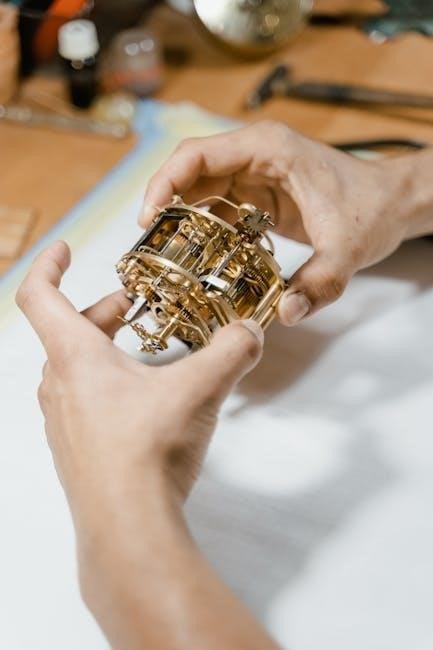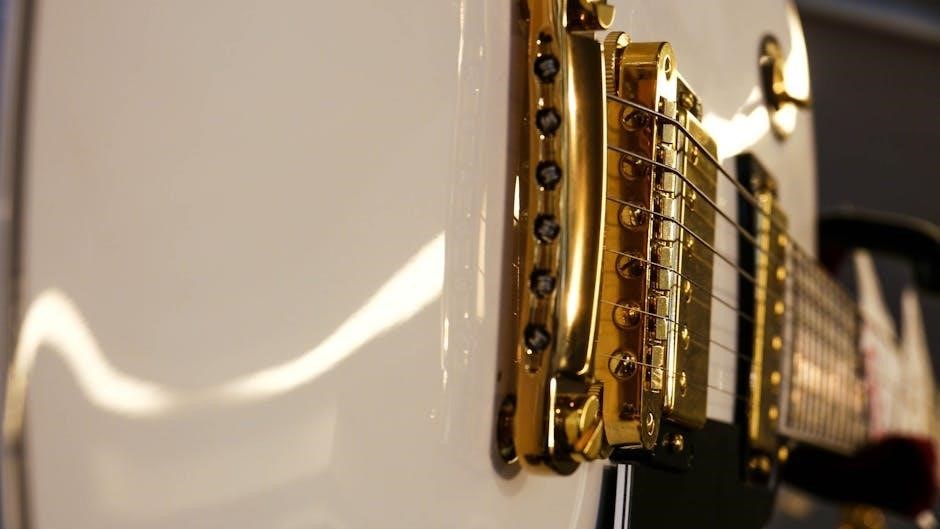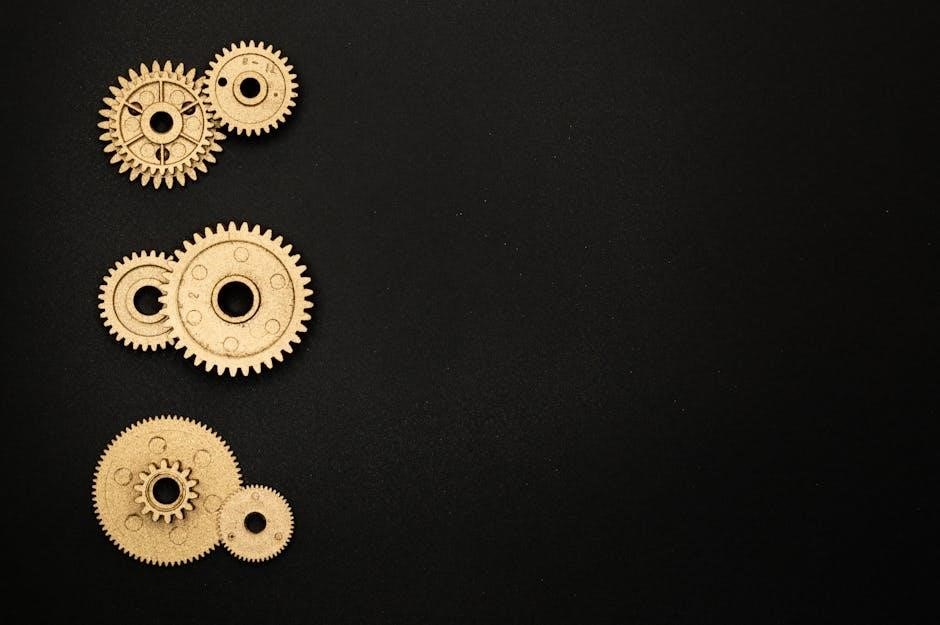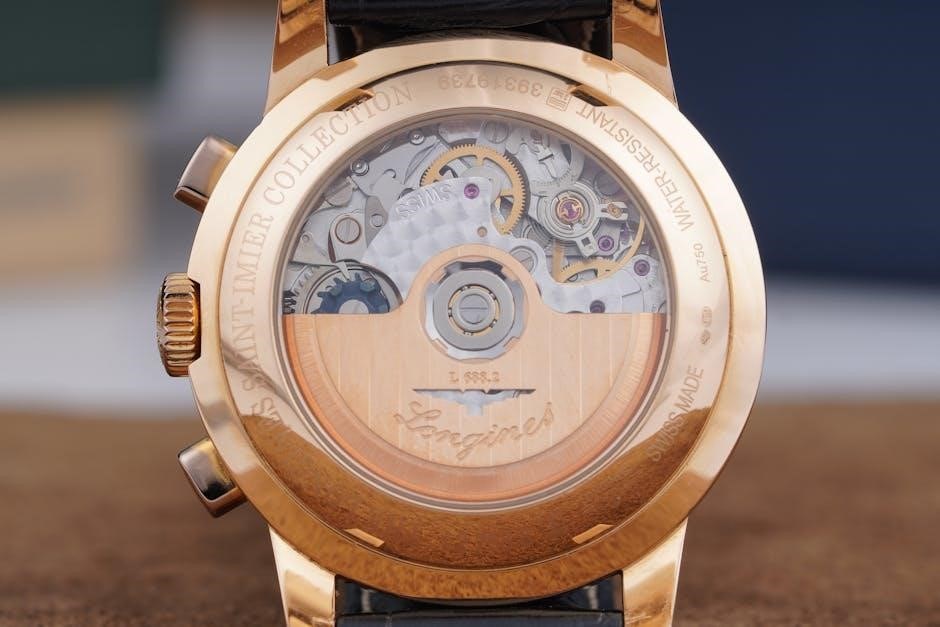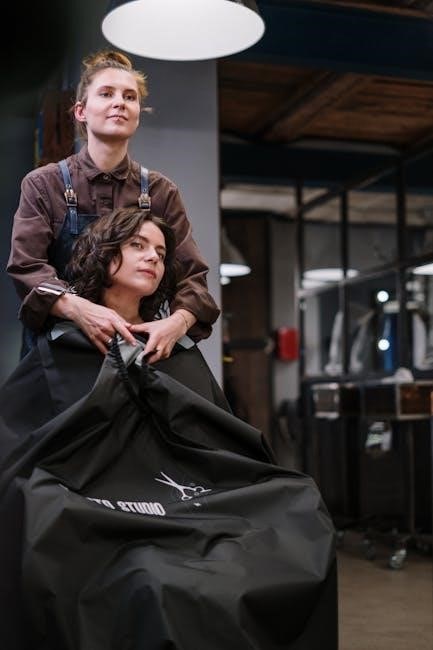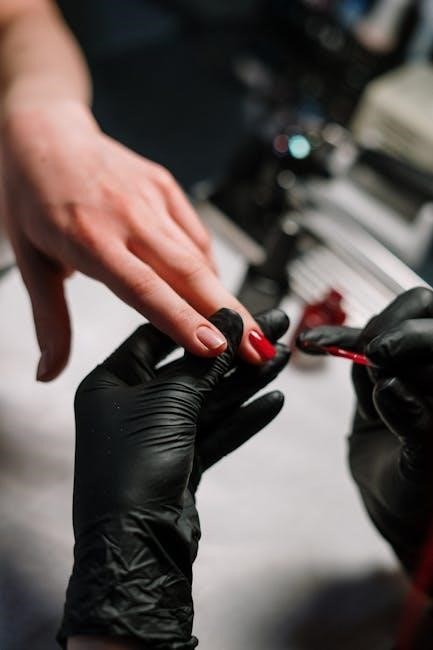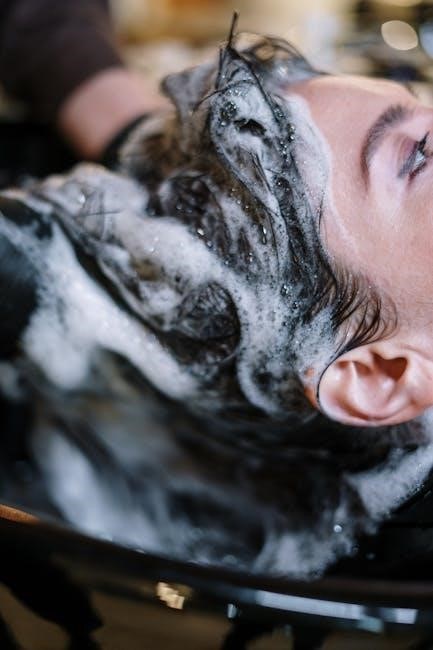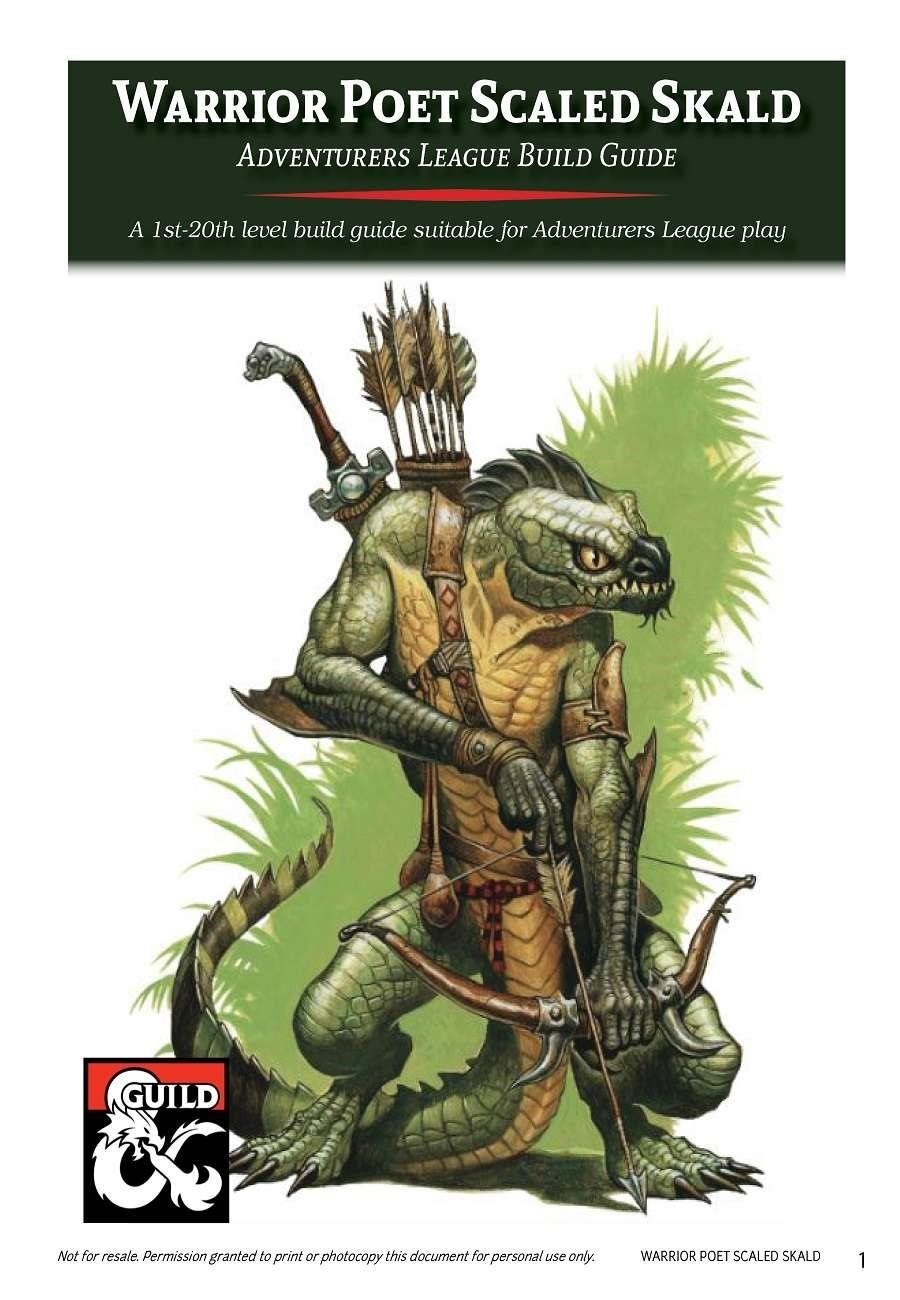Pittsburgh’s local TV guide offers a comprehensive overview of channels, shows, and schedules for residents. With major networks like ABC, CBS, and NBC, plus PBS and local cable options, viewers can easily find their favorite programs. The guide is essential for staying updated on live sports, news, and entertainment, making it a valuable resource for the community.
1.1. Overview of Pittsburgh’s TV Market
Pittsburgh’s TV market offers a diverse range of channels, including major networks like ABC, CBS, NBC, FOX, and PBS. Local cable channels such as WPXI and WQED provide unique programming tailored to the region. With a mix of national shows and local content, Pittsburgh’s TV market caters to various interests, from sports and news to cultural and educational programs. The market serves a wide audience, ensuring access to both live events and on-demand content. This overview highlights the key players and offerings in Pittsburgh’s television landscape, making it a vibrant hub for entertainment and information.
1.2. Importance of Local TV Listings
Local TV listings are essential for staying informed about Pittsburgh’s broadcast schedules. They provide up-to-date information on showtimes, channels, and programming, helping viewers plan their day. Whether you’re searching for news, sports, or entertainment, local listings ensure you never miss your favorite shows. With options to filter by cable, satellite, or over-the-air channels, these guides cater to diverse viewing preferences. Additionally, they highlight local content, such as Pittsburgh-specific news and sports, making them a vital resource for residents. By offering a centralized platform to explore programming, local TV listings enhance the overall viewing experience and keep the community connected to what’s happening in their area.

Popular TV Channels in Pittsburgh
Pittsburgh offers a diverse range of popular TV channels, including major networks like ABC, CBS, NBC, and FOX, alongside local cable and public broadcasting options.
2.1. Major Broadcast Networks (ABC, CBS, NBC, FOX)
Pittsburgh’s TV market features prominent major broadcast networks, including ABC, CBS, NBC, and FOX. These networks provide a wide array of programming, such as primetime dramas, comedies, and reality TV shows. Local affiliates like KDKA (CBS), WPXI (NBC), WTAE (ABC), and WPGH (FOX) deliver both national content and regional news. These channels are widely available through over-the-air antennas and cable providers, making them accessible to most residents.
Viewers in Pittsburgh can enjoy popular shows like NCIS, The Voice, and 9-1-1, along with local news, sports, and community-focused segments. These networks remain central to the city’s entertainment and information landscape, catering to diverse viewer preferences.
2.2. Public Broadcasting Service (PBS)
The Public Broadcasting Service (PBS) is a cornerstone of Pittsburgh’s TV offerings, providing high-quality, non-commercial programming. WQED, Pittsburgh’s PBS affiliate, airs a diverse range of educational, cultural, and entertaining content, including documentaries like Nature and Frontline, as well as children’s shows like Sesame Street and Daniel Tiger’s Neighborhood.

PBS also features cooking programs, historical dramas, and arts-focused series, appealing to a wide audience. With a focus on education and community, PBS remains a trusted source for viewers seeking enriching content. WQED is accessible via antenna, cable, or streaming platforms, ensuring broad availability in the Pittsburgh area.

2.3. Local Cable Channels
Pittsburgh’s local cable channels offer a variety of programming tailored to regional interests. Channels like AT&T SportsNet Pittsburgh provide exclusive coverage of local sports teams, including the Pirates, Steelers, and Penguins. Comcast Network and Spectrum Sports also feature live games, analysis, and sports-related shows. Additionally, channels like PCNC (Pittsburgh Cable News Channel) focus on local news, politics, and community affairs, giving viewers in-depth coverage of regional events.
Other local cable channels include offerings like WPGH (FOX 53) and WPXI (Channel 11), which provide a mix of entertainment, syndicated shows, and local programming. These channels often highlight Pittsburgh’s unique culture, making them a valuable resource for residents seeking content relevant to their community.

How to Access Local TV Listings

Residents can access Pittsburgh’s TV listings through various platforms, including TV guide websites, cable provider schedules, and over-the-air antenna guides, ensuring convenient and real-time updates.
3.1. TV Guide Websites and Apps
TV guide websites and apps provide an easy way to view Pittsburgh’s local TV listings. Popular platforms like TV Guide, Comcast Xfinity, and Spectrum TV offer detailed schedules, allowing users to search by channel, time, or program. These tools often include features such as reminders, favorites, and filters to customize viewing experiences. Many apps are available for both iOS and Android devices, ensuring accessibility on the go. Additionally, websites like AntennaWeb and TV Fool help users find over-the-air channels in Pittsburgh, optimizing antenna placement for better reception. These resources make it simple to stay informed about local programming, sports, and events in real-time.
3.2. Cable and Satellite TV Providers
Cable and satellite TV providers in Pittsburgh offer a wide range of channel options and services. Major providers like Xfinity, Spectrum, DirecTV, and DISH Network provide access to local and national channels, including sports, news, and entertainment. These providers often include HD channels, DVR capabilities, and exclusive packages tailored to local viewers. Some offer bundled services with internet and phone for added convenience. Additionally, providers like AT&T TV and Hulu + Live TV combine traditional cable with streaming options. These services ensure Pittsburgh residents can enjoy a diverse range of programming, making them a reliable choice for high-quality entertainment and local content.
3.3. Over-the-Air Antenna Options
Over-the-air (OTA) antennas are a cost-effective way to access local TV channels in Pittsburgh without a cable or satellite subscription. Residents can use indoor or outdoor antennas to receive free HD broadcasts from major networks like ABC, CBS, NBC, and FOX, as well as PBS affiliates. Pittsburgh’s geography may require adjusting antenna placement for optimal signal strength. Popular antennas include flat, rooftop, and attic-mounted models. Viewers can enjoy local news, sports, and primetime shows in high definition. OTA antennas are a budget-friendly option for those seeking free access to local programming. Ensure proper installation and positioning for the best viewing experience in the Pittsburgh area.

Popular TV Shows in Pittsburgh
Pittsburgh viewers enjoy a variety of popular TV shows, including dramas, comedies, and sports programming. Local favorites and primetime hits attract a diverse audience daily.
4.1. Primetime TV Shows

Primetime TV shows are a staple for Pittsburgh viewers, offering entertainment for all audiences. Major networks like ABC, CBS, NBC, and FOX feature hit series that captivate local audiences. Shows such as The Voice, Grey’s Anatomy, and NCIS consistently rank high in viewership. Pittsburgh’s diverse population enjoys a mix of dramas, comedies, and reality TV. Family-friendly programming and gripping storylines keep residents engaged during evening hours. Local networks often highlight these shows prominently in their schedules, ensuring broad accessibility. With a strong focus on relatable content, primetime TV remains a popular choice for Pittsburgh households seeking entertainment and relaxation after a busy day.
4.2. Local News and Weather Programs
Local news and weather programs are essential for Pittsburgh residents, providing timely updates on current events, traffic, and climate conditions. Stations like KDKA-TV (CBS), WPXI (NBC), and WTAE (ABC) offer comprehensive coverage, ensuring viewers stay informed about regional issues. Morning and evening broadcasts, along with late-night updates, cater to diverse schedules. Weather segments, often featuring Doppler radar and detailed forecasts, help residents prepare for Pittsburgh’s unpredictable climate. These programs are vital for community engagement, addressing local concerns, and delivering breaking news. With a focus on accuracy and reliability, Pittsburgh’s local news and weather programming remains a cornerstone of daily viewing habits, keeping the community connected and informed.
4.3. Sports Programming
Pittsburgh’s sports programming is a cornerstone of local entertainment, catering to the city’s passionate fan base. Major networks like ESPN and FOX Sports provide extensive coverage of Pittsburgh’s beloved teams, including the Steelers (NFL), Pirates (MLB), Penguins (NHL), and Panthers (NCAA). Regional sports networks such as AT&T SportsNet Pittsburgh offer exclusive access to live games, pre-game analysis, and post-game interviews. Additionally, local stations like KDKA-TV and WPXI feature sports segments during their newscasts, ensuring fans stay updated on the latest developments. With a mix of live events, highlights, and in-depth commentary, Pittsburgh’s sports programming keeps enthusiasts engaged and informed, making it a vital part of the city’s TV guide.

Special Interest Programming
Pittsburgh’s TV guide offers diverse special interest programming, including cultural festivals, local art showcases, and niche interests like documentaries, how-to shows, and community spotlights.
5.1. Educational and Cultural Shows
Pittsburgh’s TV guide features an array of educational and cultural shows that cater to diverse audiences. From documentaries on local history to programs highlighting the city’s vibrant arts scene, viewers can explore a wealth of enriching content. PBS affiliate WQED offers educational series like Nature and Nova, providing insightful perspectives on science and the environment. Additionally, local productions often showcase Pittsburgh’s cultural heritage, such as programs about its steel industry roots and the diversity of its neighborhoods. These shows not only educate but also foster a deeper connection to the region’s unique identity. Many of these programs are available on both traditional TV and streaming platforms, making them accessible to a broad audience.
5.2. Lifestyle and Entertainment Programs
Pittsburgh’s local TV guide offers a variety of lifestyle and entertainment programs that reflect the city’s vibrant culture. Shows like Pittsburgh Today Live showcase the best of local dining, arts, and community events. Food enthusiasts can enjoy programs highlighting Pittsburgh’s famous cuisine, from pierogies to Primanti Bros. sandwiches. Entertainment-focused series often feature interviews with local celebrities and musicians, providing insights into the city’s thriving arts scene. Additionally, lifestyle programs cover topics such as home improvement, gardening, and wellness, catering to viewers seeking practical advice. Many of these shows are produced locally, ensuring content is tailored to Pittsburgh’s unique interests and preferences. This makes them a great resource for both residents and visitors looking to explore the city’s lifestyle.

Streaming Options for Local Content
Streaming platforms like Hulu Live and YouTube TV offer Pittsburgh’s local channels, including KDKA-TV and WPXI, ensuring access to live broadcasts and on-demand content.
6.1. Streaming Services with Local Channels
In Pittsburgh, popular streaming services like Hulu Live, YouTube TV, and Sling TV offer access to local channels such as KDKA-TV (CBS), WPXI (NBC), and WQED (PBS). These platforms provide live broadcasts of local news, sports, and primetime shows, making them ideal for cord-cutters. Additionally, services like Pluto TV and the PBS app offer free streaming options for select local content. Many of these services include cloud DVR and multi-device support, enhancing convenience for viewers. By subscribing to these platforms, Pittsburgh residents can enjoy their favorite local programs without traditional cable or satellite subscriptions.
6.2. On-Demand Content Availability
In Pittsburgh, on-demand content availability has grown significantly, offering viewers flexible access to their favorite shows. Local channels like KDKA-TV (CBS) and WPXI (NBC) provide on-demand episodes of popular series through their websites and apps. Additionally, services such as Hulu, Amazon Prime Video, and YouTube TV feature on-demand content from Pittsburgh-based stations, including news, sports, and entertainment programs. This convenience allows residents to watch shows like Pittsburgh Today Live or Steelers analysis at their leisure. Furthermore, PBS affiliate WQED offers a variety of on-demand educational and cultural programs. With on-demand options, viewers can enjoy Pittsburgh-centric content anytime, making it easier to stay connected to local stories and events.
Pittsburgh’s local TV guide offers diverse channels and programs, catering to various interests. From news to sports and entertainment, viewers can enjoy a wide range of content.
7.1. Final Thoughts on Pittsburgh’s TV Guide
Pittsburgh’s local TV guide is a comprehensive resource for viewers, offering a diverse range of channels and programs. From major broadcast networks to niche cable channels, the city’s TV market provides something for everyone. Residents can stay informed with local news, entertained with popular shows, or engaged with cultural and educational content. The guide also highlights the importance of accessibility, with options like streaming services and over-the-air antennas ensuring everyone can enjoy their favorite programs. Whether you’re a sports fan, a movie buff, or someone who appreciates community-focused content, Pittsburgh’s TV guide is an invaluable tool for planning your viewing experience and staying connected to local happenings.
7.2. Tips for Maximizing Your Viewing Experience
To make the most of Pittsburgh’s TV guide, consider planning your viewing schedule in advance using online TV listings or apps. Recording shows with a DVR or setting reminders can help you never miss your favorites. Exploring streaming platforms that offer local channels ensures flexibility in your viewing habits. Additionally, customize your channel lineup by subscribing to packages that align with your interests, whether it’s sports, movies, or educational content. Staying updated with the latest TV guide updates will also keep you informed about new shows or schedule changes. By leveraging these strategies, you can enhance your entertainment experience and enjoy the best of what Pittsburgh’s TV offerings provide.











